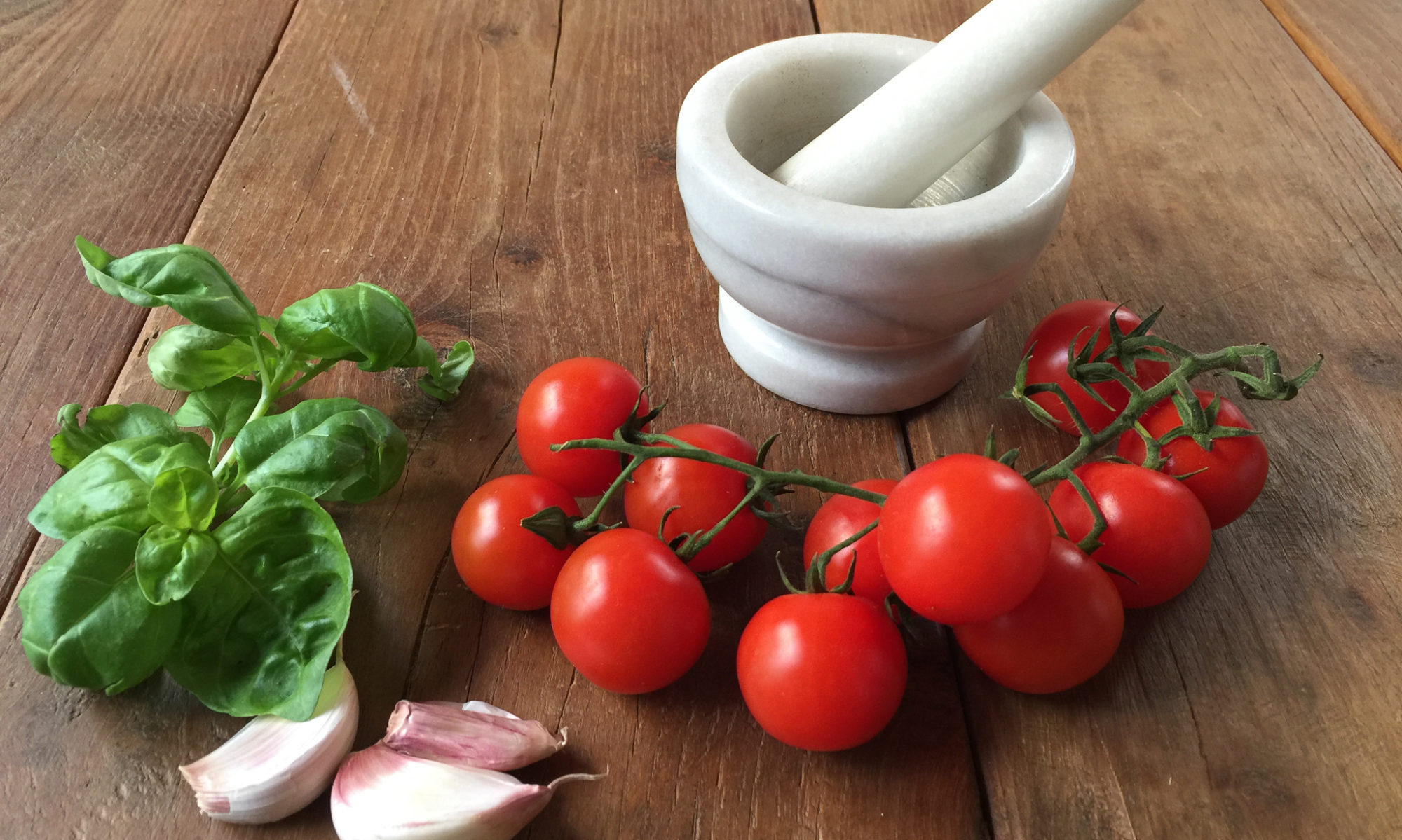I had a craving for Greek fava so I made it today. Fava is made with pureed yellow split peas. Not chick peas, not fava beans, not lentils (even though I have seen Greek fava called yellow lentils) nor white beans.
The best and most famous Greek fava comes from Santorini. This dish is served as an appetizer, a meze or a side dish, but it can also be a vegan main course. A part from being tasty, fava is really healthy, full of antioxidants and non-animal protein.
Every Greek mama has her own fava recipe just like every Italian mamma has her own tomato sauce recipe. Mine is a mixture of Cretan and Greek and having added some suggestions from the Internet.
Prep time 5 min Cook time 1 h

INGREDIENTS FOR 8 (or even more!)
- 1/2 kg (1 lb) fava
- 2 onions + some to serve
- 1 peeled potato
- salt and pepper
- 1 dl (1/4-1/2 cup) EV olive oil
- lemon
- parsley
- optional: kalamata or Gaeta olives, capers
1. Rinse the fava in cold water.
2. Bring the fava to a boil in 1.2 l (5-6 cups) of water, skim the froth and add 2 quartered onions and a peeled potato cut into two or four pieces.
3. Let the fava simmer at very low heat for about an hour. Stir occasionally to keep from sticking. You might need to add a cup of water.
4. When the split peas are soft and the water has been reduced to leave a thick “porridge”, remove the pot from the heat and pass the fava through a food mill or use a stick blender or a food processor. I use a stick blender and blend the fava directly in the pot. You can puree it to a smooth cream or leave it more coarse.
5. Add the extra virgin olive oil, salt and pepper to taste. Put back on the heat and stir for 2 minutes but BE CAREFUL. The fava is piping hot!
6. Let the fava cool (it becomes considerably more solid) and serve it in a shallow dish. Add some chopped (spring) onion and parsley, some olive oil and lemon juice and alternatively olives or capers. Some use vinegar instead of lemon but I haven’t tried that yet.
BUON APPETITO!




